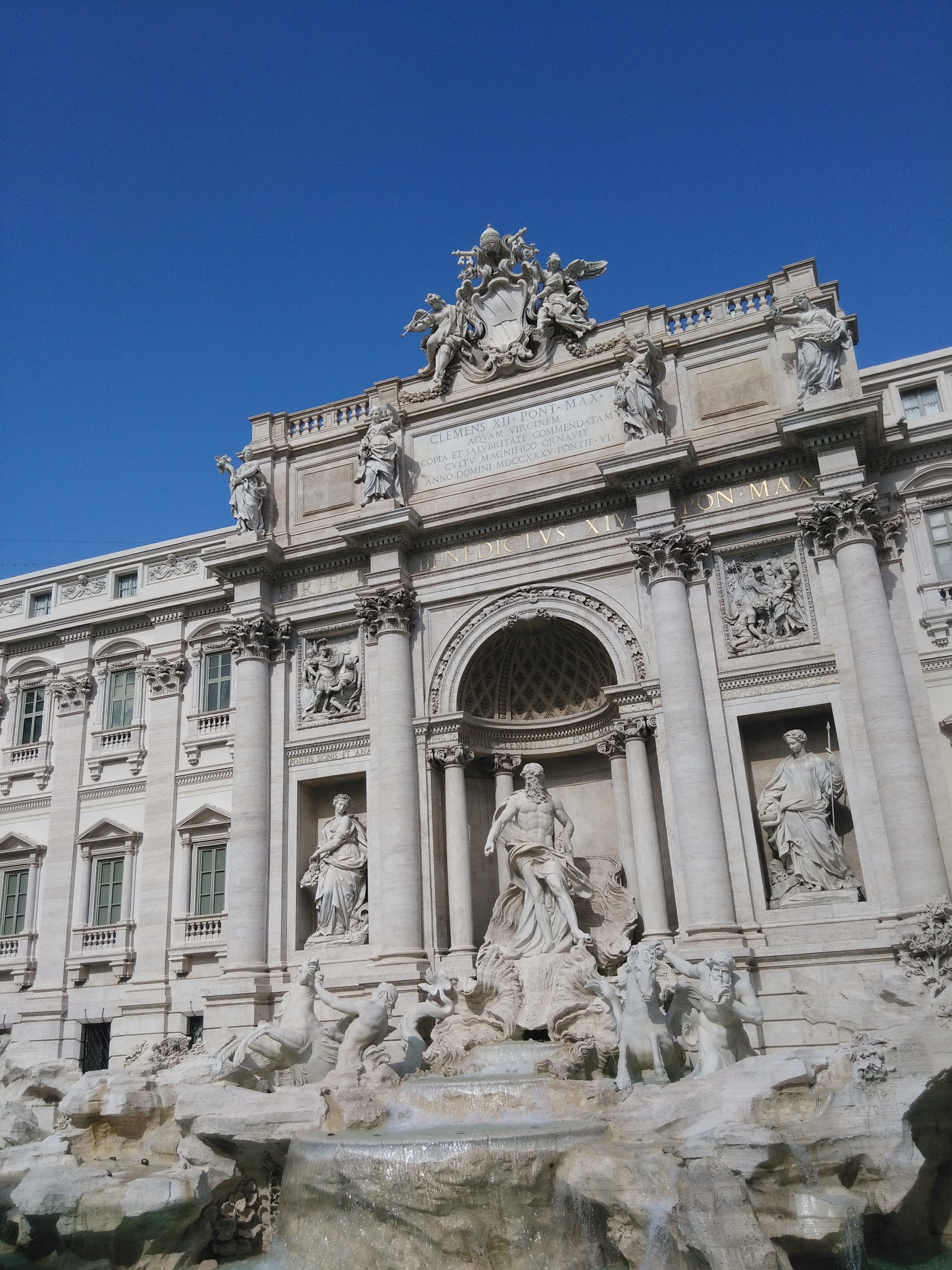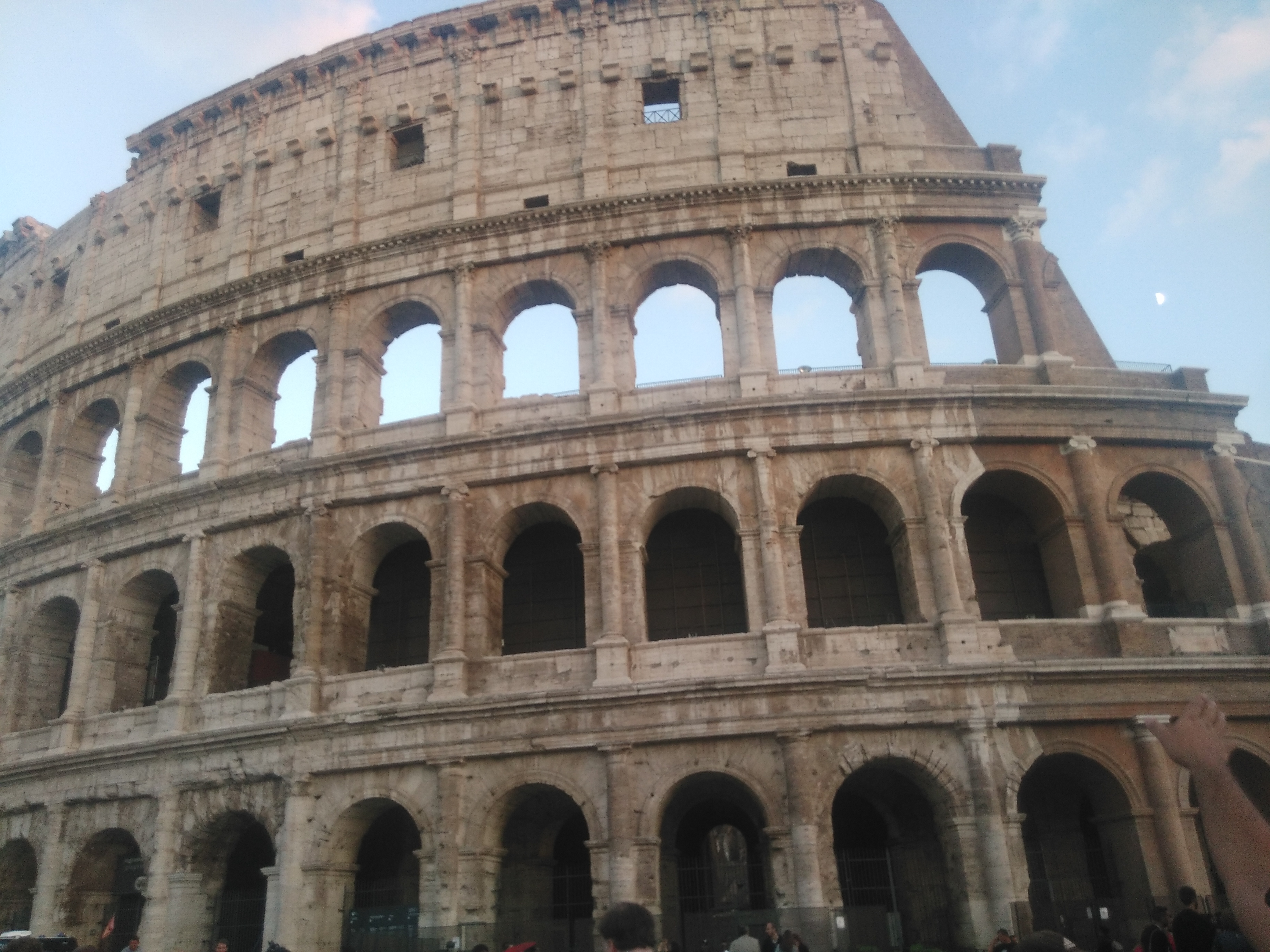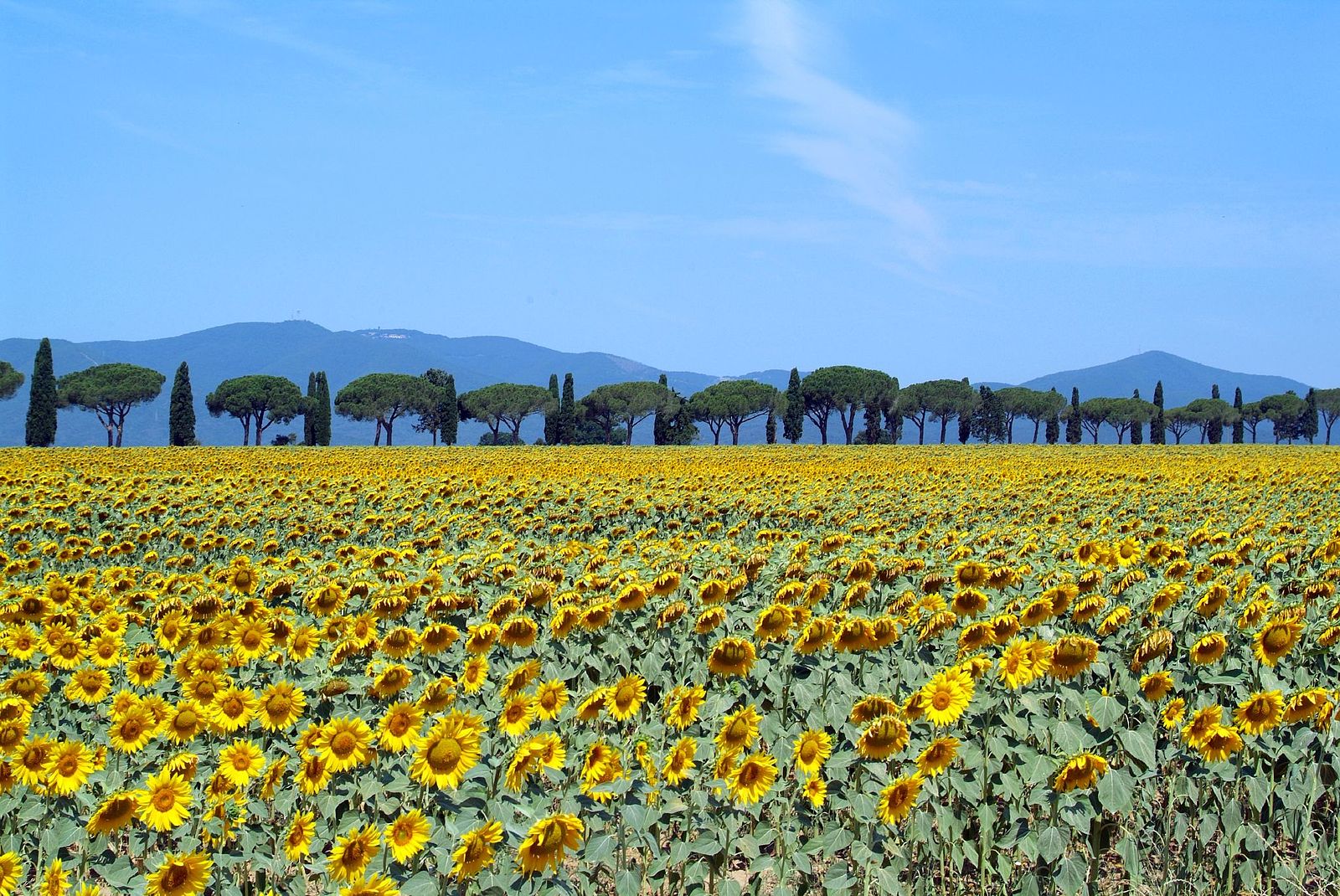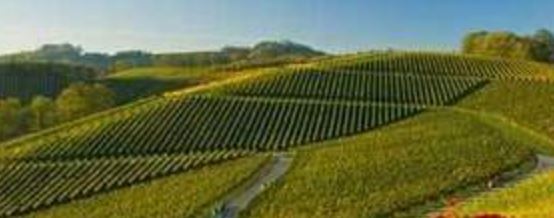Italy and Its Economy




Agriculture is a very important sector in Italy. It is self sufficient in agricultural products. Italy exports fruits, olive oil, wheat, wine and diary products to many countries. Italy also produces and exports quality rice. Diary, poultry and goat farming are also very important along with fruits, flowers and vegetables. Large chunk of land is marked for pasture and grass culture. Around 12.7 million hacters of land area are used for agriculture and associated activities. Around 1.6 million farms are operated in Italy. Family operated farms are maximum in Italy. The average area of each farm is around 8 hacters. The cultivation of wheat, rice, and maize occupy around 31 percent of the farm lands. Olive orchards cover more than 8 percent of the farm lands. Vine yards covers 6 percent and citrus cultivation covers 4 percent of the farmlands. Sugar beat covers 2 percent of the farm lands. The remaining lands have other horticultural crops and flower crops. Italy produces very good quality wine. it is leader in olive oil production. Vegetables like potato, tomato, pea, cabbage and cauliflower are produced in large quantities. Fruits like apple, olive, grape, orange, lemon, pear, apricot, hazelnut, peach, cherry, plum, straw berry and kiwi fruit are Produced in Italy. Soft wheat is produced in northern part of Italy. It is used for making bread, biscuit, cake and pizza crust. Hard wheat is produced in the southern part. It is used for making of pasta. Po valley is the area for production of rice, maize and corn.
Around one third of the total area of Italy are covered by forests. Over exploitation for timber and fire wood converted some forests into degraded lands. But some of these areas are replanted and restored in to good forests. Forest management is much better in Italy. The forests may be grouped into broad leaved, conifers and chest nut forests. Conifers are found in the foot hills of Alpine mountain ranges adjoining Austria. Chest nut forests are found in Apennines and adjoining areas. Broad leaved forests are found in southern Italy, Sicily, Sardinia and Elba region. Olive platations are found in arid regions like Sicily, Calabria and Puglia.